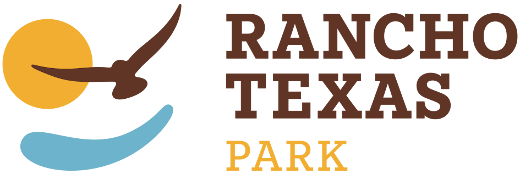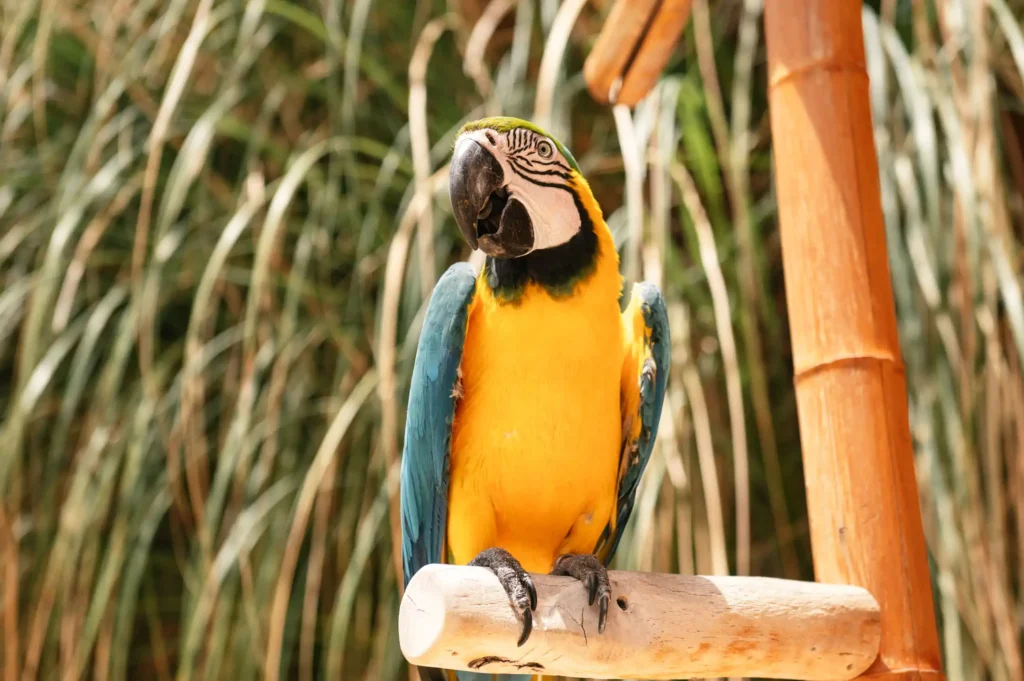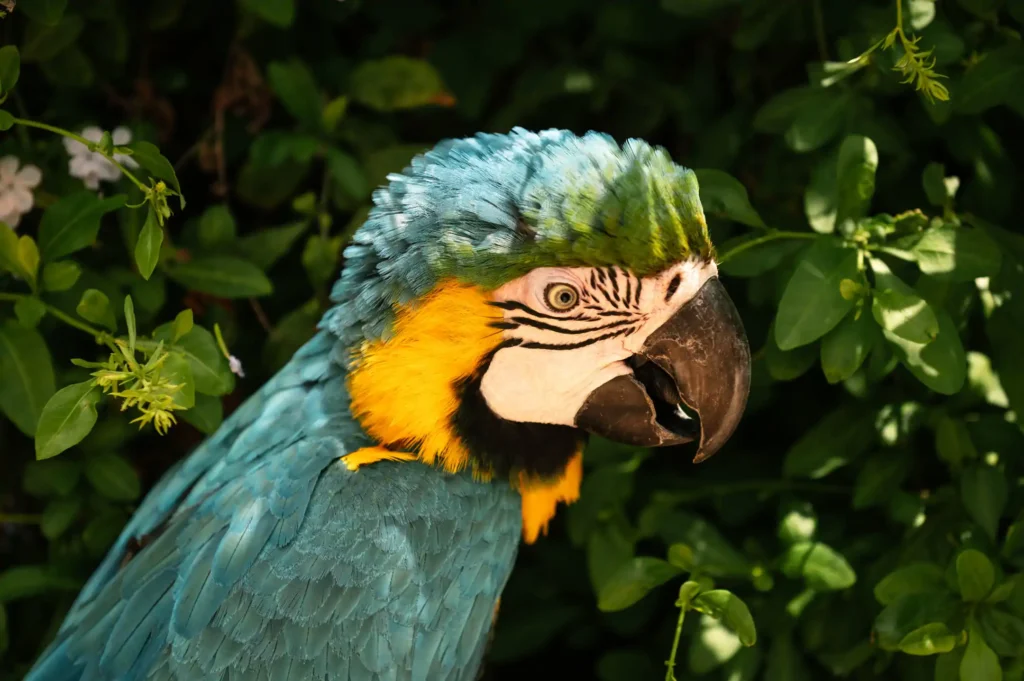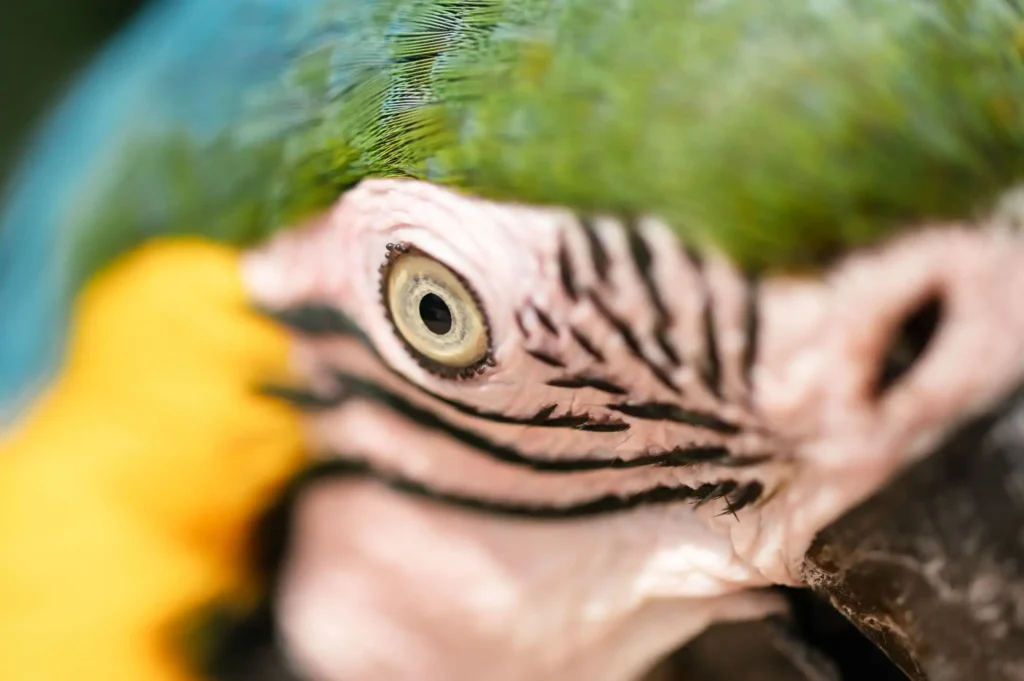The Blue and Yellow Macaw (Ara ararauna) is native to the forests and woodlands of tropical South America. Its range covers the Amazon Basin and includes south-western Ecuador, Panama, Colombia, Peru, Venezuela, Surinam, French Guyana, Brazil and Bolivia. The species used to be common in Trinidad, where it is now considered a threatened species. It might also occur in Paraguay and northern Argentina, but the existence has not been officially demonstrated so far. No subspecies are currently recognized.
Main characteristics
The Blue and Yellow Macaw measures around 80cm in length from the tip of its head to the tip of its tail, making it one of the biggest parrots in the world. Its very large tail makes up half of its total body length. It weighs between 900 and 1100 grams. Both sexes look similar. They have bright green foreheads with blue feathers on their dorsal areas. The rest of the body is vivid in appearance with blue wings and tail, dark blue chin, golden under parts and yellow ventral feathers. They have black chins, feet, and beaks. The skin around the eyes is white, with fine black feathers surrounding them. Ears and neck are covered by yellow-orange feathers, which turn into dark green on the borders to the black parts. The iris of the adult Blue and Yellow Macaw is yellow, whereas the young macaws’ iris is dark brown.
Blue and Yellow Macaws live in woodlands, but not dense forests. They also live in tall palms in savannahs, swampy areas and near rivers, and deciduous woodland far away from watercourses. They usually occur in low habitats of up to 500m, but in occasions they been observed in altitudes of up to 1.500m, for example in Peru. In the wild, they feed on seeds of different plants such as Spondia, Terminalia, Hura, Enterolobium, Inga, Parkia, Platypodium; on nectar of Quararibea, flowers of Combretum, fruits and leaf stalks of Ficus, pulp of Sloanea, Schwartzia, Brosimum, Sorocea, leaf stalks of Otoba, leaves of Iriartea, mesocarp of Scheelea and Pouteria, and many parts of the Mauritius Palm as well as nuts of the Maximiliana Palm in Suriname.
Blue and Yellow Macaws nest high above the ground in cavities found in large, dead trees. Average clutch size is 3 eggs, but usually between 2 and 4 eggs are laid. These are incubated during a period of 24 to 26 days. At the age of 13 weeks, the chicks usually leave the nest.
Status and conservation: Not globally threatened. CITES II. The species still remains widespread and fairly common in large parts of its range of distribution, with a density of 1 pair/km2 in the Manu National Park in Peru. However, density gets lower on the borders of the range of distribution. Blue and Yellow Macaws are losing their habitat because of the destruction of the rain forests, due to pollution, building, and logging.
Blue and Yellow Macaw, Ara ararauna
Facts: How are they? The Blue and Yellow Macaw measures around 1 metre in length, including its large tail. Their average weight ranges from 900 to 1100g. They have bright green foreheads with blue feathers on their dorsal areas. The rest of the body is vivid in appearance with blue wings and tail, dark blue chin, golden under parts and yellow ventral feathers. They have black chins, feet and beaks and the iris of the adult birds is yellow. Where do they live? In partially flooded woodlands and gallery forests. They also live on palm trees in savannahs and in deciduous forests far away from watercourses. How is the species geographically distributed? From Panama to Paraguay throughout the Amazon Basin. What do they feed on? Seeds, fruits, vegetables and nuts.




